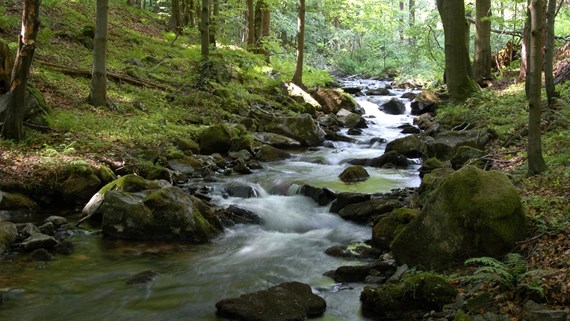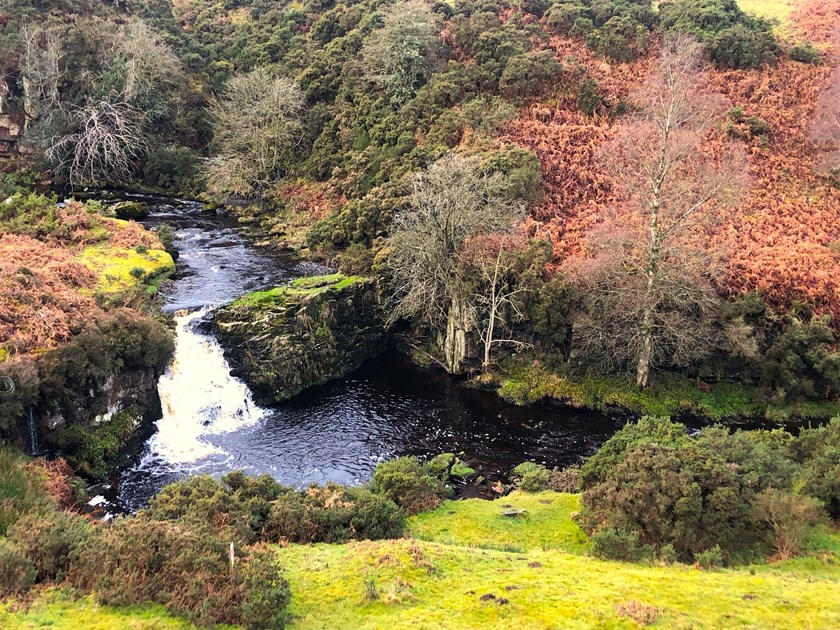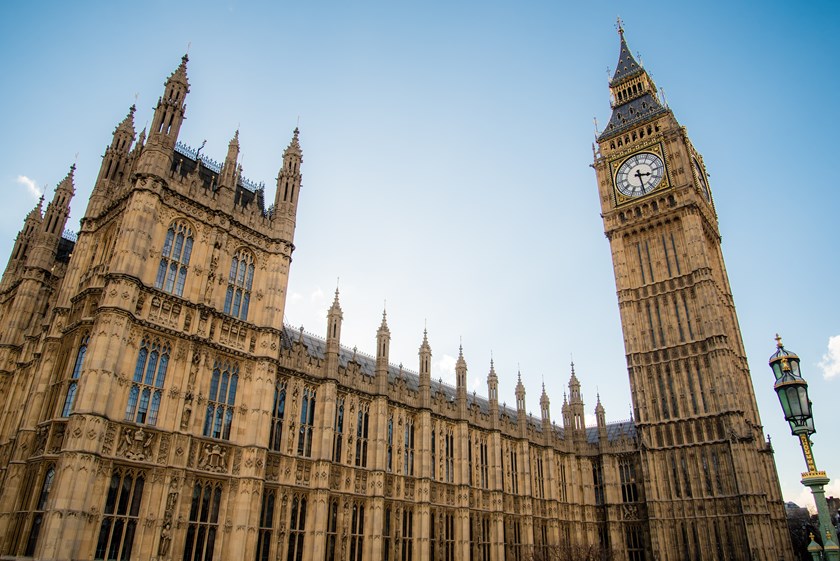Landscape scale conservation: time to take the plunge?
Insight

With the second round of applications for Defra’s landscape recovery scheme having closed on 21 September, it may prompt estates to consider whether applying in next year’s round would be a good point from which to dip a toe in the broader natural capital markets.
At one end of the natural capital markets spectrum, are the government regulated compliance markets, like statutory biodiversity net gain where the market, demand and process are fairly transparent, but the market ultimately limited. At the other end, are the unregulated, private markets, which are still amorphous, but could offer great potential. To date, government schemes have been predicated on a straightforward formula of public money for public goods which has meant that, although they could be stacked on the same land as private schemes, a degree of separation was required.
The difference with landscape recovery is that it foresees actively “blending” public and private money. This means public funding is on offer to help get long-term and large-scale capital projects off the ground (and then provide them with some ongoing support) which will help stimulate the growth of private natural capital markets by selling environmental credits and attracting private investment. Could this be the best of both worlds?
What should estates considering applying in the third round be thinking about now?
Structure
It is likely that landowners will need to collaborate to meet the 500 hectare minimum threshold, however, Defra also require there to be a single, legal entity as the applicant and funding recipient. Creating a shelf company is easy, but under that single, legal entity, a shareholder agreement (or similar) will be required to set out the terms of the deal between landowners and that will be complicated. For example, landowners’ land will, most likely, be unequally affected by the project; should that be reflected in payments, or is the whole project, pro-rated, per-acre? What happens if one landowner wants to withdraw later on?
Land use
There are practical questions regarding how land can be used both during and after the project. Use during the project will need to be agreed with tenants, occupiers and lenders and made legally binding on them. But what about after the project has ended; will there be ongoing restrictions on how the land can be used? How would that affect value?
Tax and estate planning
The scheme requires projects be long term (at least 20 years) and this will affect landowners’ inheritance planning. We do not yet have the government’s response to the consultation of taxation of nature markets and do not know whether agricultural property relief will be available for land used for environmental schemes like this. More immediately, thought must be given to how funding, income and value generated by the project is actually distributed to the individual landowners and taxed.
Known unknowns
We do not yet have all the answers about how conservation covenants and responsible bodies will function, two key tools in delivering landscape recovery. The government’s track record on delivering agri-environment schemes generally may also cause some nerves about committing to schemes predicated on long-term public funding. Finally, fear of missing out: if estates commit to landscape recovery now, will it limit their choices further down the road, if something better comes along?
Ultimately, it will come down to a question of whether the opportunity cost exceeds the return from current use in each case, although even this is not simple, when both income and long-term capital values are considered. Where, therefore, there are smaller groups of closely aligned landowners, batting from relatively equal strengths or there is a larger landowner who can supply nearly all the land – and in both cases, with land which may otherwise be low return – this scheme could offer interesting opportunities.
This publication is a general summary of the law. It should not replace legal advice tailored to your specific circumstances.
© Farrer & Co LLP, October 2023







